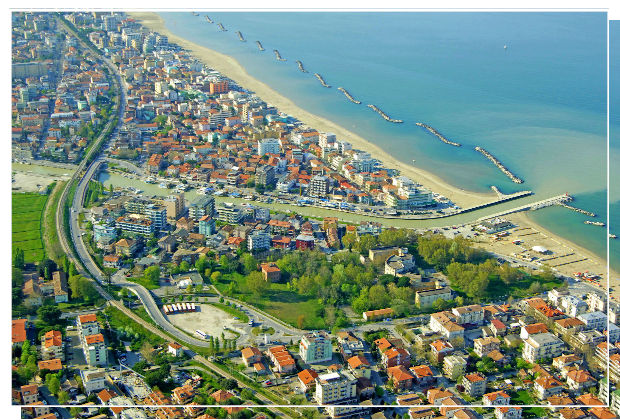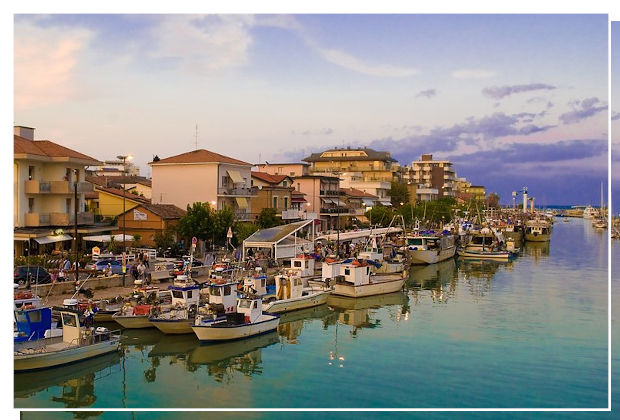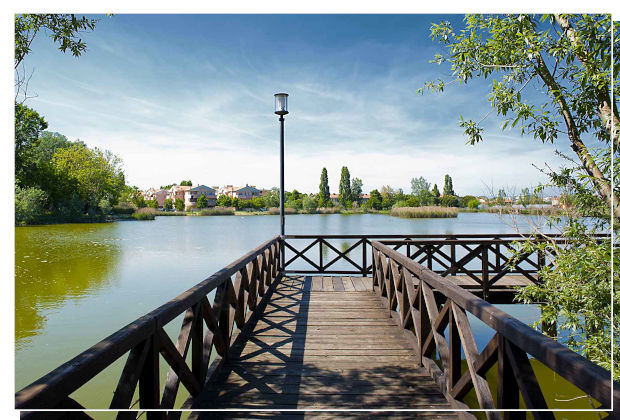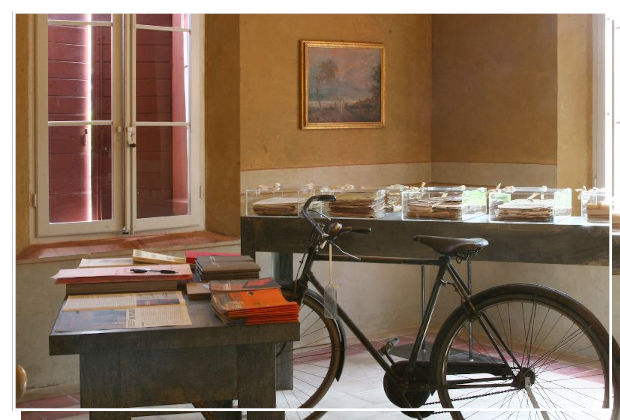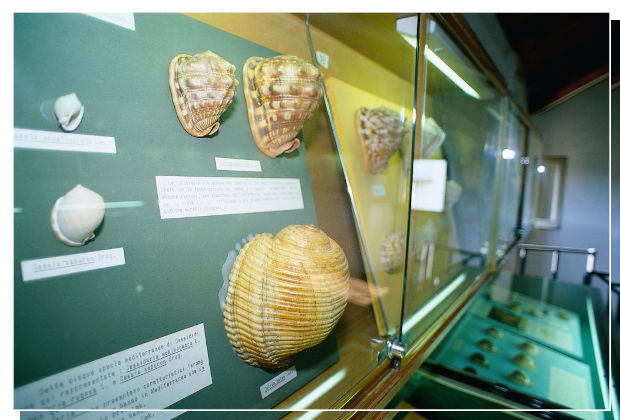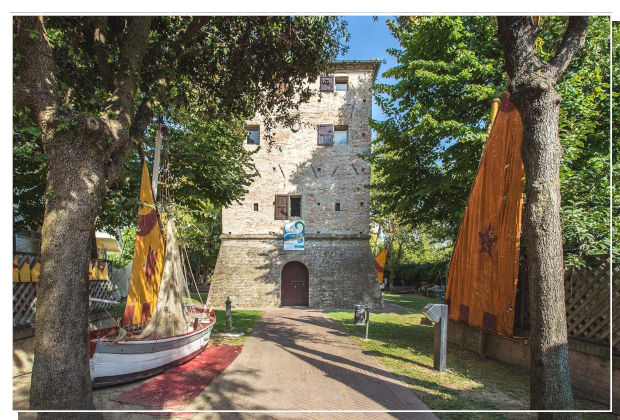Bellaria Igea Marina is geographically situated in the northern part of the Province of Rimini and is one of the most famous seaside resorts on the Adriatic Riviera, thanks not only to the 7 km long coast of fine sand but to the city itself, to its urban structure and services such as tourism, hospitality, sports centres, wellness centres, and the nature where the hills marry beautifully with the sea which offer evidence in the territory of ancient historical events.
The name Bellaria appeared for the first time in a document of 1359, as the name of a fortified farm which was located near the church of Santa Margherita, near the mouth of the river Uso. The town changed hands, including those of Malatesta: currently the name of the place (Castèl) is the only still remaining memory.
The city centre has a pedestrian-only area (“Island of Platani”), enriched with valuable flowerbeds in the commercial centre of Bellaria, where you can stroll among the many fashion shops, small local craft shops, pubs, bars and bakeries, restaurants, game rooms.
At the beginning of ’900 Vittorio Belli, a doctor, who came from a family of farmers and commercial businessmen in Rimini, had conceived a holiday village rationally arranged, surrounded by pine trees, created by planting thousands of pines. He gave the name of the goddess Hygeia, daughter of Asclepius to a holiday village, designed in the pine forest between the river Uso and “Torre Pedrera”. “Marina” was associated with the name Hygeia, when summer camps for children settled in the southern area of the town.






